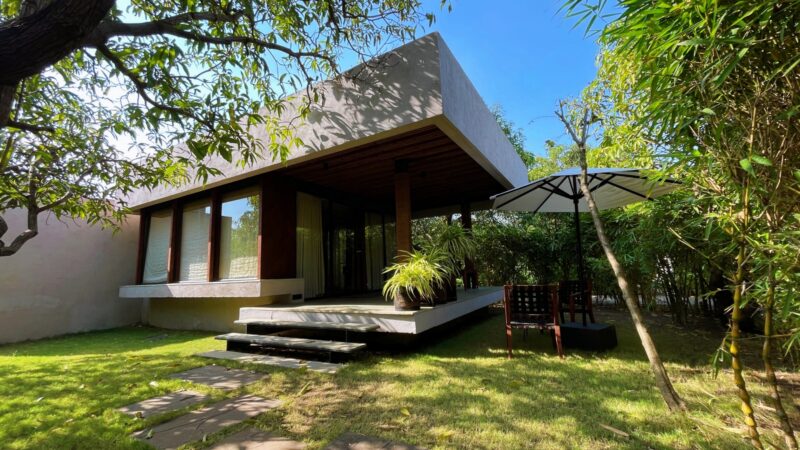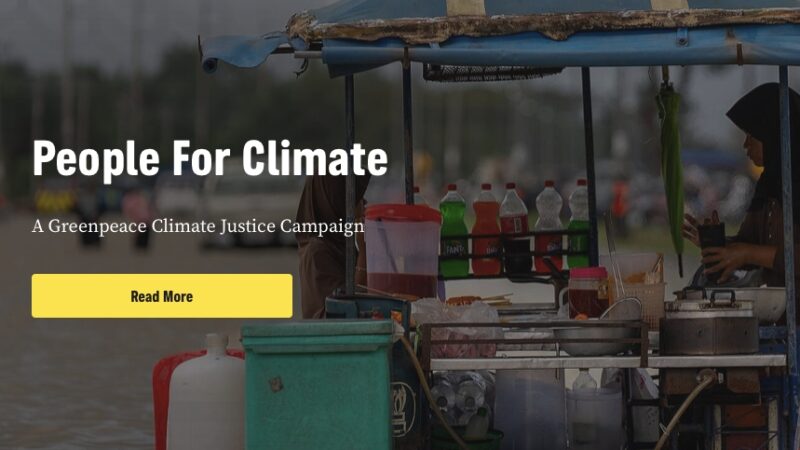Sri Lanka’s Mindful Drive Towards Eco Tourism
The teardrop island is spearheading change influencing Southeast Asia’s responsible tourism movement at Bandarawela, its eco tourism capital.
Table of Contents
Bandarawela: The Eco Tourism Capital
Tucked away on a lush hilltop, Bandarawela is best described as a haven of sustainable wellness. This small, high-altitude tropical town, rich in colonial history and Ceylon tea trails, is an ideal retreat for those seeking physical, mental, and spiritual harmony. It’s also Badulla’s second-largest town, which has carved a niche for itself as a centre of eco-tourism among visitors. On a warm afternoon, while I was here, I drove to Bandarawela’s rural countryside to meet with members of the Badulla Buddhist Association, the Forest Ministry, and the Sri Lanka Tourism Board.

We were getting ready to launch the first-of-its-kind eco-tourism initiative, carefully curated to support responsible tourism development. The colonial-influenced urban centre began to fade away in the background as I drove towards the rural neighbourhood of Alugolla Hill, revealing dense forestry against an impressive sunlit landscape. It was a show that completely complemented the forefront initiative of re-plantation.
Badulla Re-Plantation Programme
The backdrop was nothing short of a stunning display of vast forestation, occasionally dotted with tiny concrete homes, at an altitude of roughly 2,230 feet above sea level. Upon arrival, I met with members of the media, the ministry, and a group of students from the Parisara Niyamuwo Environmental Society, all of whom were ecstatic to be a part of this inspiring initiative. Because children are essentially closer to nature, most Sri Lankan schools assist students in developing an earthly connection during their early years.

Besides, this was Sri Lanka’s FIRST attempt at curating a nature-focused destination programme, and I, as a stakeholder, was about to embark on a journey unlike any other. Anything that is first is always special, as they say. However, the purpose of this programme was to draw attention to the relentless dropping of a natural bilge that handles the region’s rainfall. Other factors that have an impact include overgrown development projects and unwanted fire forests.

This event was also attended by Badulla’s Army officials, PLC (People’s Leasing Company), BDSO (Badulla Divisional Secretarial Office), and a few corporate partners, in addition to BBA and SLTB. As a result, launching a plant a tree initiative seemed like an ideal solution for protecting nature at the time. I was about to make a significant contribution to reducing carbon emissions while also proactively nurturing a healthy environment for many people by planting just one sapling.

Around 200 trees were planted at Alugolla Hills by the end of the day to commemorate the success of the first Eco Destination Familiarisation Tour with this nature concern initiative. A programme aimed at drastically reducing the area ravaged by soil erosion and landslides. And as an eco-tourist, I felt privileged to be here and to have the opportunity to contribute to nature’s regeneration.
Participating in this sustainable tourism programme completely transformed my attitude towards eco-tourism. I had enrolled in an IGNOU PG diploma in disaster management a few years ago out of pure curiosity for environmental conservation. However, only after planting a sapling at Alugolla Hill today, is when I grasped the real impact of responsible tourism and how it extemporises the quality of life for the locals.

There’s a lot that goes into centring on socially responsible travel and making environmental sustainability a priority. In the future, Alugolla Hill will see a collective increase in a chain of plants. The Buddhist Society plans to plant over 1,000 trees in various areas of Badulla to raise awareness about environmental protection. Responsible ecotourism programmes not only focus on reducing the negative effects of traditional tourism on the environment but also highlight cultural uprightness. It’s past time for us to all plant trees to help restore national treasures while also boosting eco-tourism and giving back to nature.
“While we tend to use all of mother nature’s elements, it is a great feeling to give something back today,” said Chaminda Munasinghe, AD of SLTB, after I successfully planted a bauhinia sapling into the moist soil of Alugolla Hills. I’m thrilled to be a part of such a caring project for the environment, and I’m looking forward to returning with my family to see the trees I’ve planted in Badulla. In addition, a conversation with a member of the Badulla Buddhist Association revealed the Sustainable Tourism programme’s foresight.
Badulla Buddhist Association is also building a Buddhist temple here to enhance and mark the site’s economic, social, and environmental sustainability. This is done with the intention of influencing people, the environment, and profits. By 2030, Badulla’s sustainable tourism programme aims to increase the site’s development impacts by sizing up practices that promote the efficient use of natural resources. The emphasis is still on producing minimal waste while bemoaning the challenges of biodiversity.
The activity came to a close with a motivational speech given by members of the Buddhist Badulla Buddhist Association to encourage responsible tourism in the region through their experiences. While leisure and entertainment are undergoing significant changes in response to the trend of post-haste tourist visits, the Sri Lankan government is consciously investing in the development of eco-tourism to protect the natural environment that provides amenities and resources in rural areas.
This initiative has sparked a lot of excitement, and Badulla, as a host of sustainable experiences, looks forward to welcoming everyone who cares about the environment. On your way back to Bandarawela, be sure to explore the lush tea trails.



